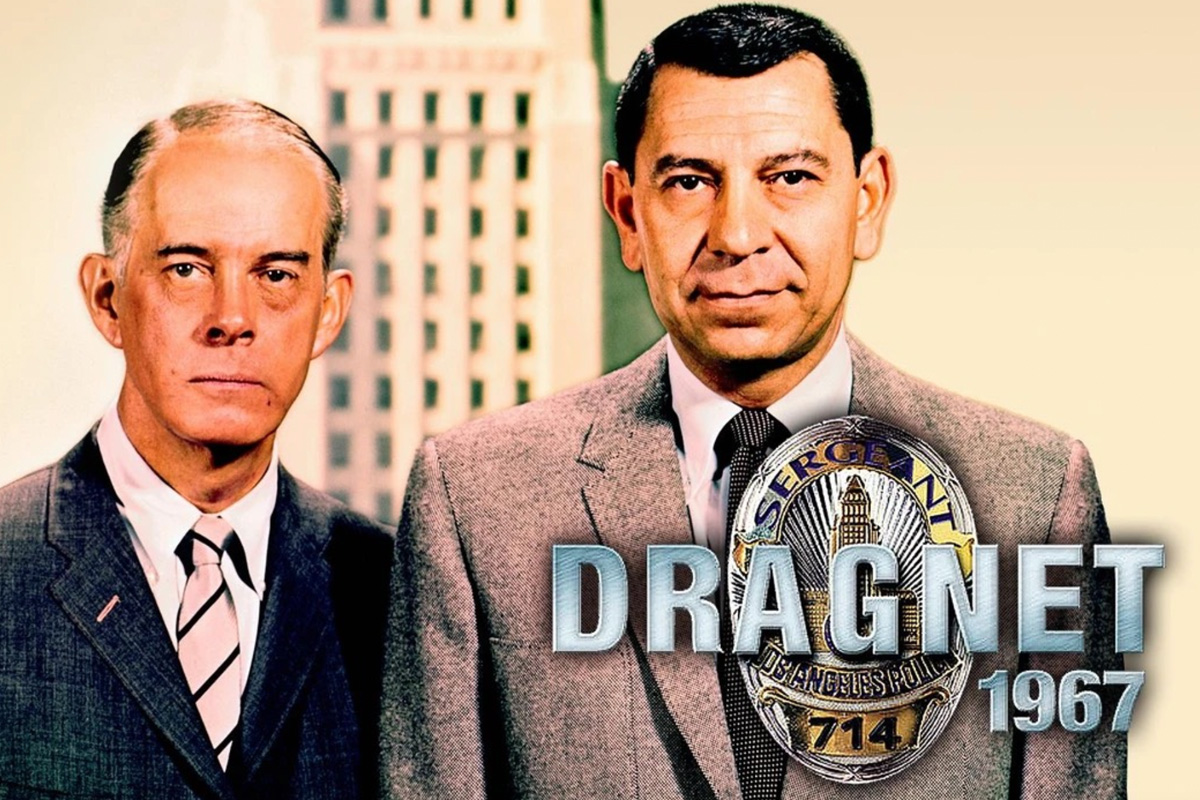The Evolution of TV Dramas: From Procedurals to Complex Storytelling
Television dramas have evolved dramatically over the past few decades, shifting from simple, episodic formats to intricate, multi-layered narratives that explore deep character development and complex themes. Today’s TV dramas are often compared to high-quality cinema, and they have increasingly become a form of entertainment that rivals movies in both creativity and cultural impact. In this article, we’ll explore the evolution of TV dramas, from the procedural formats of the past to the intricate, character-driven stories that dominate modern television.

The Early Days: Simple, Episodic Procedurals
In the early days of television, most TV dramas were episodic, focusing on standalone stories with little to no continuity between episodes. These procedurals often followed a set formula, where a team of professionals—like police officers, detectives, or doctors—would work together to solve a case or problem by the end of each episode. The emphasis was on clear, easily digestible plots and formulas that could be replicated week after week, making them ideal for mass appeal.
Examples:
-
"Dragnet" (1951–1959): One of the earliest examples of a procedural drama, Dragnet followed the daily lives of police officers as they investigated various crimes. The show was highly formulaic, with each episode following a predictable structure.
-
"The Fugitive" (1963–1967): A procedural drama that followed Dr. Richard Kimble, who was wrongfully convicted of his wife’s murder and on the run to find her real killer. Although it had a longer overarching story, each episode focused on Kimble evading capture and finding clues to solve the mystery.
These types of dramas were popular because they were easy to follow, didn’t require viewers to watch every episode to understand the plot, and were comfortable with familiar, episodic structures. The focus was on solving problems within a limited time frame, with no need for character growth or long-term story arcs.
The Rise of Complex Storytelling and the Introduction of Serial Narratives
As television became more sophisticated, so did the storytelling. In the 1980s and 1990s, TV dramas began to shift toward more serialized formats, where episodes would build on one another, creating a longer, continuous narrative. This evolution allowed for deeper character exploration, long-term story arcs, and more intricate plots that unfolded over time. This period marked the beginning of a transformation in how television dramas were written and consumed.
Examples:
-
"Hill Street Blues" (1981–1987): A groundbreaking police procedural drama that was one of the first to incorporate serialized storytelling. While it still had episodic plots, Hill Street Blues also featured ongoing character development and storylines that extended beyond individual episodes.
-
"Twin Peaks" (1990–1991): One of the first mainstream shows to truly embrace long-form, complex storytelling. Twin Peaks combined elements of mystery, surrealism, and psychological drama, with a central mystery (the murder of Laura Palmer) that unfolded across multiple seasons, engaging audiences in a way procedural dramas never had.
The success of serialized TV dramas showed that viewers were willing to invest time in a show’s long-term plot, providing a model for future TV dramas that would take character depth and narrative complexity to new heights.
The Golden Age of Television: Breaking New Ground
In the early 2000s, television entered what is often called the "Golden Age of TV," a period marked by the rise of high-quality dramas that pushed the boundaries of traditional storytelling. Shows began to adopt complex, multi-season story arcs, multi-dimensional characters, and themes that challenged social norms. These dramas often dealt with darker, more mature themes and showcased more sophisticated narrative structures, making them much more like feature films in terms of depth and quality.
Examples:
-
"The Sopranos" (1999–2007): A groundbreaking drama that redefined what was possible in television. The show followed Tony Soprano, a New Jersey mob boss, and explored his struggles to balance family life with his criminal empire. It was a deeply complex show, blending psychological drama, crime, and family dynamics. The Sopranos' success demonstrated that television could tackle complex issues like mental health, morality, and power in a way that hadn't been done before.
-
"The Wire" (2002–2008): One of the most critically acclaimed dramas in television history, The Wire delved into the interconnected lives of law enforcement, drug dealers, and the city's politics. The series wasn’t just about solving crimes—it explored systemic issues, social structures, and the impact of institutional failure on individual lives, setting a new standard for narrative depth and realism.
-
"Lost" (2004–2010): A prime example of how serialized storytelling combined with mysteries, supernatural elements, and character development. Lost took the idea of a survival drama and infused it with complex character arcs, flashbacks, and intricate storytelling techniques, keeping viewers hooked week after week.
During this era, television became a legitimate medium for high art, attracting top writers, directors, and actors, and viewers began to expect more from their TV dramas. Shows became more cinematic, blending visual storytelling with compelling narratives, offering viewers a richer and more immersive experience.
Antiheroes and Moral Complexity: The Rise of the Complex Protagonist
A significant shift in TV dramas during the Golden Age was the rise of the "antihero"—protagonists who were deeply flawed, morally ambiguous, or outright villainous. These characters challenged the traditional notions of good and evil and added a layer of complexity to the shows they inhabited. Antiheroes often struggled with their own demons, making them more relatable and providing a fresh approach to storytelling.
Examples:
-
"Breaking Bad" (2008–2013): The character of Walter White, a high school chemistry teacher turned methamphetamine manufacturer, became an iconic example of the antihero. The show followed his gradual descent into criminality, blurring the lines between right and wrong and exploring themes of morality, power, and consequences.
-
"Mad Men" (2007–2015): Mad Men featured Don Draper, an advertising executive who was charming but deeply troubled. His personal life was full of contradictions, and the show delved into issues like identity, social change, and the American Dream, making it more than just a period drama.
These shows proved that audiences were eager to follow characters who weren’t simply "good guys" or "bad guys" but were multifaceted individuals struggling with internal and external conflicts. It was a shift away from the traditional, morally clear-cut characters that dominated earlier dramas.

The Streaming Era: Unlimited Possibilities and Diverse Voices
In the past decade, the streaming revolution has transformed TV dramas once again. Platforms like Netflix, Hulu, and Amazon Prime have given creators the freedom to experiment with even more diverse genres, formats, and types of storytelling. The traditional constraints of network television—such as episode length, commercial breaks, and broadcasting schedules—have been lifted, allowing for even more freedom in narrative structure. This era has also seen the emergence of international TV dramas, contributing to a more globalized and diverse television landscape.
Examples:
-
"Stranger Things" (2016–present): This show combined elements of nostalgia with supernatural mystery, and it blurred the lines between genres like horror, sci-fi, and adventure. The show’s success has contributed to a resurgence of ’80s-inspired dramas, and its characters’ emotional depth added to the gripping narrative.
-
"The Crown" (2016–present): A historical drama that spans several decades, following the reign of Queen Elizabeth II. The Crown combines rich historical detail with emotional depth, showcasing the personal and political struggles of the British monarchy. It’s an example of how long-form storytelling can offer a rich portrayal of history, culture, and politics.
-
"Money Heist" (La Casa de Papel) (2017–2021): A Spanish-language show that became a global hit, Money Heist is an example of how streaming platforms have brought international TV dramas into the mainstream. The show’s fast-paced plot, compelling characters, and cliffhangers have captivated audiences worldwide.
The rise of streaming platforms has also given a voice to a wider range of creators, contributing to the diversification of stories and perspectives in TV dramas. Audiences can now enjoy a broader variety of shows that appeal to different tastes, experiences, and cultural backgrounds.
Conclusion: The Future of TV Dramas
The evolution of TV dramas from simple episodic procedurals to intricate, character-driven narratives reflects broader changes in society and technology. As television continues to evolve, we can expect even more complex, diverse, and immersive storytelling that pushes the boundaries of what’s possible in television. With the rise of streaming platforms, the opportunities for new forms of storytelling are virtually endless. What’s clear is that TV dramas are no longer just a form of entertainment—they’re a reflection of the complexities of the human experience, offering viewers a chance to connect with stories and characters in deeper, more meaningful ways.












